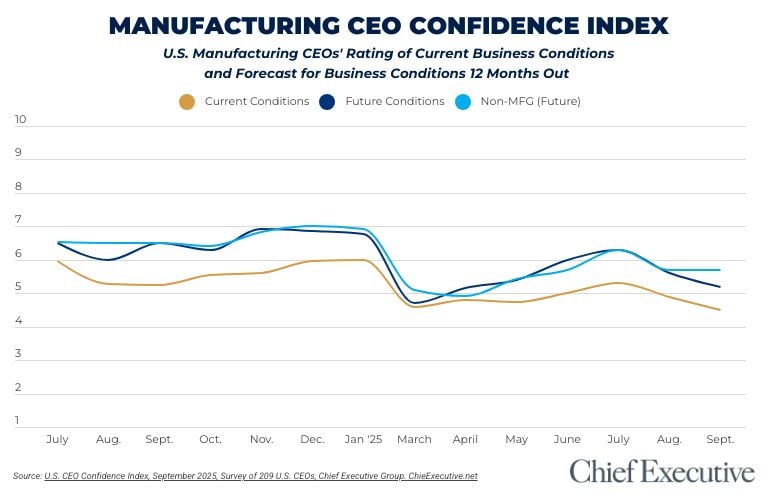
Whether it’s a new mobile app or an organization-wide change to harness Big Data, most organizations are starting to explore how technology can enable a complete business transformation. While the detailed nuances of technology often fall to IT specialists or third parties, the CEO needs to set the strategy and lead the charge.
McKinsey analysts Peter Dahstrom, Driek Desmet and Marc Singer suggest that business transformation requires careful consideration by CEOs because it involves making many “trade-off decisions.” They said that without transforming the core—including the value proposition, people, processes and technologies—business transformation is likely only to be a “short-term fix.”
Plan it out
McKinsey laid out a number of phases for a successful transformation. It starts with discovery by setting the ambition for the business, where it should go and how digital technology could lead to changes in the future. The most notable digital innovations, they said, have been those that used connectivity and data to transform the customer experience or to reshape products and services.
Organizations also will need to create a plan for the transformation. McKinsey said this isn’t something CEOs can delegate but must direct themselves by selecting a solid team of senior leaders or a chief digital officer.
In addition, CEOs must prioritize and take a holistic view of the digital threats and opportunities facing the business, according to Laurent-Pierre Baculard, Bain & Company partner and digital practice leader in EMEA. He said they need to define where the change is needed, choreograph the change, and empower people at every level of the organization to work together and devise solutions. “Only the CEO can manage this process by breaking down the appropriate boundaries, giving teams permission to set new rules and providing the strategic framework to buttress the new order,” he said.Some CEOs have taken direct roles in such initiatives, while others have looked elsewhere in the C-suite.
Dan Gilbert at Quicken Loans served as the public face of his company’s business transformation, but at Starbucks, Howard Schultz had the CIO and CDO create a decade-long digitization effort. Whatever direction an organization takes, McKinsey said these leaders need to embody and propogate the key values of a digital culture, including customer-centricity, a collaborative mindset, and a tolerance for risk.
Invest in people
Manny Maceda, global head of the transformation practice at Bain & Company, said that CEOs need not only to invest in technology, but in the people to drive it. While in the past, companies had to be in trouble before they could launch a transformation agenda, they now need the ability to transform faster and more often, he said. Organizations need a workforce and leaders that are flexible and innovative. “You need to build an agile, innovative company that is continuously transforming,” said Maceda.
CEOs also will need the ability to sell the vision to key stakeholders. They will need to win over influencers inside the organization by adopting a “campaign mentality,” according to McKinsey. They also will need a clear vision on where to position the firm in the digital ecosystem depending on the organization’s capabilities, skills, technologies and strategic business ambitions.
Finally, CEOs will need to execute the transformation plan through resource allocation by speeding up budgeting processes from annual to quarterly or even monthly cycles. The McKinsey analysts said this often can mean cutting budgets for legacy operations and shifting more resources to the transformation process.
“The CEO and top team should act like venture capitalists by following a digital initiative’s process closely, pulling the plug for projects that lag expectations, and investing more in those that do well,” the analysts said.




Chief Executive Group exists to improve the performance of U.S. CEOs, senior executives and public-company directors, helping you grow your companies, build your communities and strengthen society. Learn more at chiefexecutivegroup.com.
0

1:00 - 5:00 pm
Over 70% of Executives Surveyed Agree: Many Strategic Planning Efforts Lack Systematic Approach Tips for Enhancing Your Strategic Planning Process
Executives expressed frustration with their current strategic planning process. Issues include:
Steve Rutan and Denise Harrison have put together an afternoon workshop that will provide the tools you need to address these concerns. They have worked with hundreds of executives to develop a systematic approach that will enable your team to make better decisions during strategic planning. Steve and Denise will walk you through exercises for prioritizing your lists and steps that will reset and reinvigorate your process. This will be a hands-on workshop that will enable you to think about your business as you use the tools that are being presented. If you are ready for a Strategic Planning tune-up, select this workshop in your registration form. The additional fee of $695 will be added to your total.

2:00 - 5:00 pm
Female leaders face the same issues all leaders do, but they often face additional challenges too. In this peer session, we will facilitate a discussion of best practices and how to overcome common barriers to help women leaders be more effective within and outside their organizations.
Limited space available.

10:30 - 5:00 pm
General’s Retreat at Hermitage Golf Course
Sponsored by UBS
General’s Retreat, built in 1986 with architect Gary Roger Baird, has been voted the “Best Golf Course in Nashville” and is a “must play” when visiting the Nashville, Tennessee area. With the beautiful setting along the Cumberland River, golfers of all capabilities will thoroughly enjoy the golf, scenery and hospitality.
The golf outing fee includes transportation to and from the hotel, greens/cart fees, use of practice facilities, and boxed lunch. The bus will leave the hotel at 10:30 am for a noon shotgun start and return to the hotel after the cocktail reception following the completion of the round.